Symbols hold deep spiritual meaning in many religions and cultures, acting as messengers from the Universe. They represent the journey of the human soul toward enlightenment and guide us along the way, like guardian angels. These sacred symbols can be found in ancient texts, geometric patterns, and even in nature. Have you ever tried to understand the message they carry? Have you thought about uncovering the wisdom hidden within them? We’re here to explore a few of these meaningful symbols and their spiritual significance.
OM

OM is a powerful symbol that represents the Universe, reality, and the connection between the physical world and the divine. It holds deep significance in Hinduism, Buddhism, and Jainism. OM also symbolizes human consciousness, and its use in meditation and Yoga helps to reflect on our eternal bond with the soul and the divine.
UNALOME
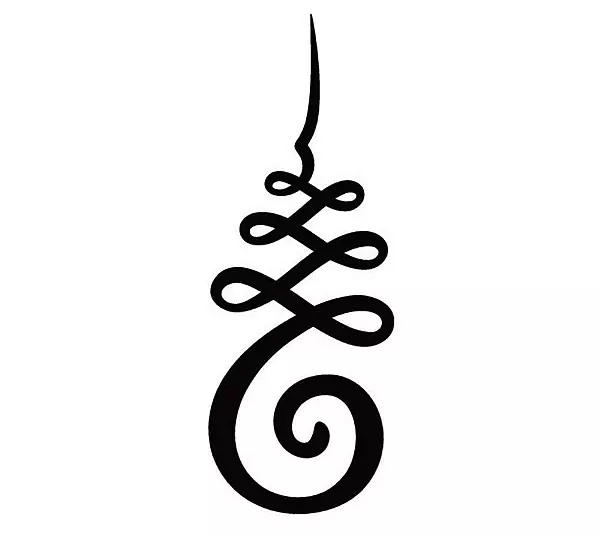
The unalome is an important symbol in Hinduism and Buddhism, symbolizing life’s journey through challenges and victories. The spiral represents the ups and downs on the path to achieving the ultimate goal, ‘nirvana.’ It teaches that by facing both good and bad times, one can find peace, wisdom, and harmony.
YIN AND YANG

Originating in China over 3,500 years ago, the Yin and Yang symbol illustrates the duality of existence, showing the balance between opposites like light and dark, good and bad, and male and female. It represents the forces that are both contradictory and complementary to each other.
HAMSA
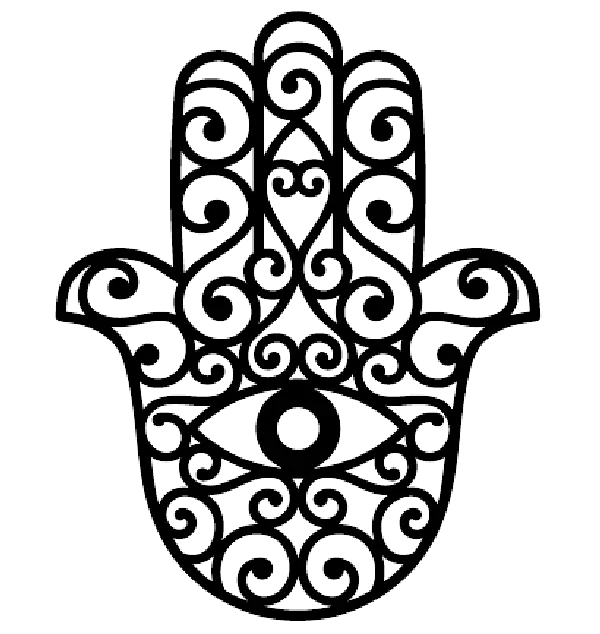
The hamsa, a hand with five fingers, is a symbol of protection against negative forces. Found in various cultures, especially Islam, it is also connected to the divine feminine, known as Fatima. The five fingers represent different meanings, but most notably, the hamsa is seen as a shield against evil.
ENDLESS KNOT

The endless knot is an important symbol in Tibetan Buddhism, showing the interconnection of all things. It represents the cycle of life, where everything is linked together without a clear beginning or end. It also symbolizes wisdom and compassion in Buddhism.
LABYRINTH

The labyrinth is a sacred symbol representing the Earth Goddess. The winding path from the center to the exit symbolizes the soul’s journey toward rebirth and reincarnation. Labyrinth-like designs can often be found in ancient monuments, graves, and sacred places.
THIRD-EYE CHAKRA
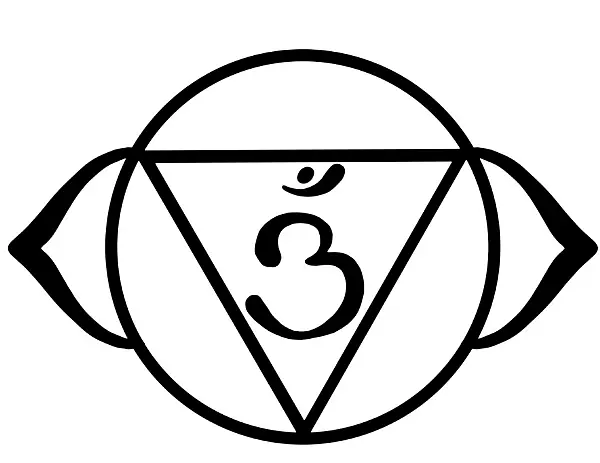
The third-eye chakra is associated with self-realization, intuition, and understanding one’s reality beyond dualities. The two petals of the symbol represent essential energies, and the downward triangle with “Om” at the center signifies enlightenment and the connection with the divine.
PINE CONE

The pine cone is a symbol of enlightenment, rebirth, and the invincibility of nature. It has been worshipped for its resilience and long life. In ancient times, pine trees were revered as deities. The Pope also carries a pine cone symbol on his staff during religious ceremonies.
SHAMAN’S EYE
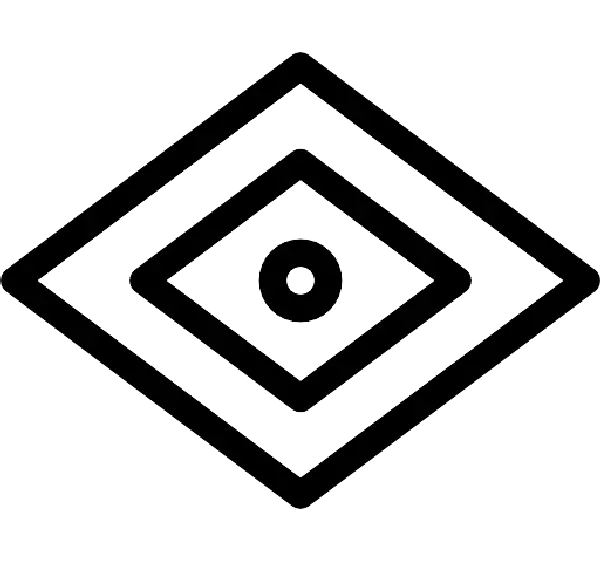
The shaman’s eye is seen as a protector against evil and a symbol of spiritual connection. In Native American tradition, the eye represents the ability to see beyond the physical world, with the four outer lines representing the physical realm and the inner eye symbolizing the spiritual world.
EVIL EYE MANDALA

The evil eye mandala combines swirling petals around an eye at the center, symbolizing human perseverance. The evil eye protects the wearer from negative energies, often seen hanging in homes or offices as a shield against harm.
INFINITY

The infinity symbol represents the eternal, boundless nature of the Universe. It illustrates that everything is interconnected, with no beginning or end. The symbol also reflects the eternal nature of love, hope, and possibilities that life holds.
OUROBOROS

The Ouroboros, a serpent eating its own tail, symbolizes the eternal cycle of life, death, and rebirth. It reflects the unity of all things, material and spiritual, which are continually transformed through destruction and renewal.
BUDDHA HOLDING LOTUS

The Buddha holding a lotus represents purity, enlightenment, and spiritual growth in Buddhism. The lotus grows above the water, symbolizing detachment from material desires and rising above them, just as the soul progresses toward enlightenment.
GARUDA MUDRA
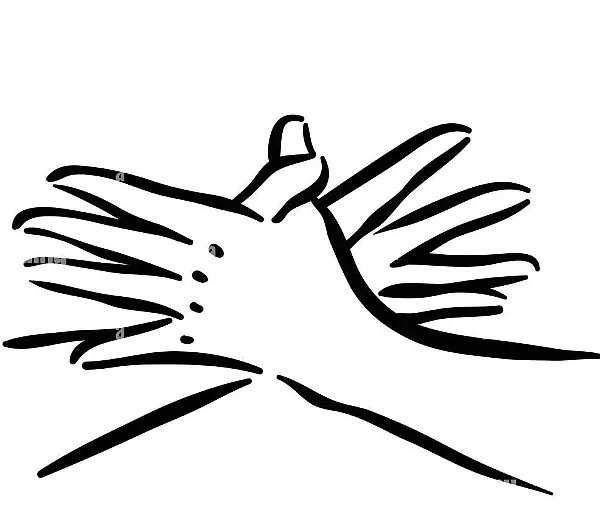
The Garuda Mudra, named after the Hindu deity Garuda, is a symbol of freedom, confidence, and perseverance. In Yoga, it is practiced to cultivate strength and discipline, helping to achieve one’s goals and overcome obstacles.
OIL LAMP

The oil lamp is a symbol of prosperity, hope, and divine grace. In Hinduism, it represents the Three Lords of the Universe—Brahma, Vishnu, and Maheshwara—and the fire represents the goddesses Lakshmi and Saraswati. The lamp signifies enlightenment and the pursuit of spiritual knowledge.
TORCH

The torch symbolizes light, victory, and enlightenment. It represents freedom from ignorance and the awakening of consciousness. In religious contexts, the torch is a manifestation of divine guidance, often seen as a symbol of God’s presence.
KEY

The key symbolizes access to new opportunities, journeys, and transitions. It is a symbol of unlocking doors to knowledge, spiritual growth, and new beginnings, marking the progress from seeking answers to finding them.
SPIRAL

The spiral represents life’s continuous cycle of birth, death, and rebirth. It reflects the journey of self-discovery, where true bliss comes from mastering inner peace and understanding oneself through introspection and meditation.
TRISKELION

The triskelion, or triad spiral, symbolizes progress and the cycle of life—birth, death, and rebirth. It represents the balance of all forces, good, bad, and neutral. In Hinduism, the three spirals also represent the gods Brahma, Vishnu, and Maheshwara.
VEL

In Hinduism, the vel is a divine weapon associated with deities and represents spiritual knowledge. Its different parts—the shaft, wider section, and pointed tip—symbolize the journey of learning and self-realization, leading to ultimate wisdom and enlightenment.







